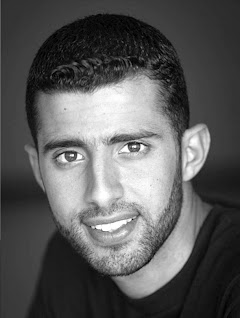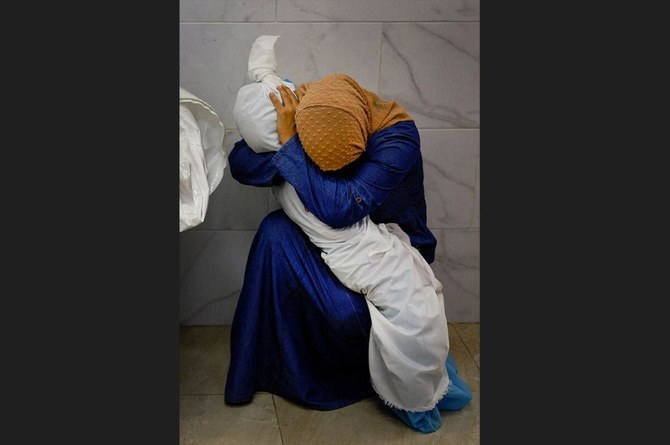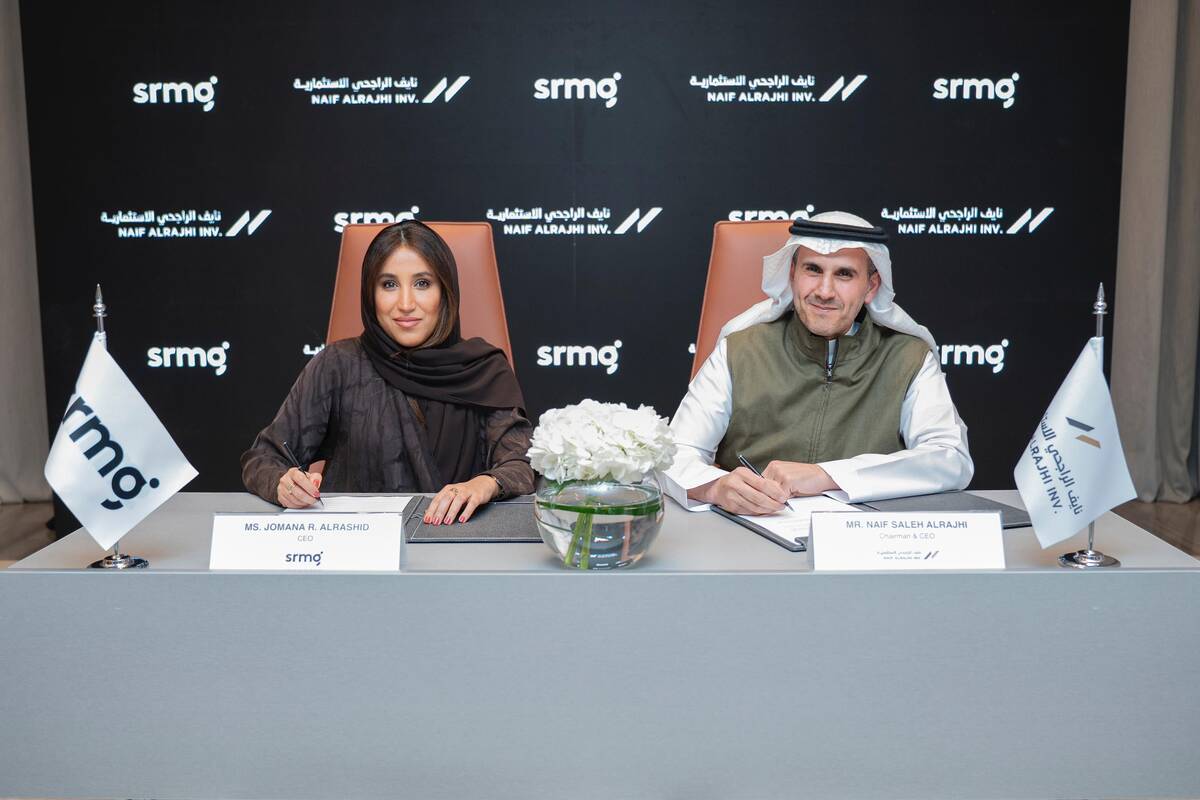AMSTERDAM: Reuters photographer Mohammed Salem won the prestigious 2024 World Press Photo of the Year award on Thursday for his image of a Palestinian woman cradling the body of her five-year-old niece in the Gaza Strip.
The picture was taken on Oct. 17, 2023, at Nasser hospital in Khan Younis in southern Gaza, where families were searching for relatives killed during Israeli bombing of the Palestinian enclave.
Salem’s winning image portrays Inas Abu Maamar, 36, sobbing while holding Saly’s sheet-clad body in the hospital morgue.
“Mohammed received the news of his WPP award with humility, saying that this is not a photo to celebrate but that he appreciates its recognition and the opportunity to publish it to a wider audience,” Reuters’ Global Editor for Pictures and Video, Rickey Rogers, said at a ceremony in Amsterdam.
“He hopes with this award that the world will become even more conscious of the human impact of war, especially on children,” Rogers said, standing in front of the photo at the Nieuwe Kerk in the Dutch capital.
Announcing its annual awards, the Amsterdam-based World Press Photo Foundation said it was important to recognize the dangers facing journalists covering conflicts.
It said 99 journalists and media employees had been killed covering the war between Israel and Hamas since the Palestinian militant group attacked southern Israel on Oct. 7 and Israel responded by launching a military offensive in Gaza.
“The work of press and documentary photographers around the world is often done at high risk,” said Joumana El Zein Khoury, the organization’s executive director.
“This past year, the death toll in Gaza pushed the number of journalists killed to a near-record high. It is important to recognize the trauma they have experienced to show the world the humanitarian impact of the war.”
Salem, a Palestinian aged 39, has worked for Reuters since 2003. He also won an award in the 2010 World Press Photo competition.
The jury said Salem’s 2024 winning image was “composed with care and respect, offering at once a metaphorical and literal glimpse into unimaginable loss.”
“I felt the picture sums up the broader sense of what was happening in the Gaza Strip,” Salem said when the image was first published in November.
“People were confused, running from one place to another, anxious to know the fate of their loved ones, and this woman caught my eye as she was holding the body of the little girl and refused to let go.”

’PROFOUNDLY AFFECTING’
Salem’s wife had given birth to their child days before he took the shot.
The photograph is “profoundly affecting,” said jury member Fiona Shields, head of photography at Guardian News & Media.
The jury selected the winning photos from 61,062 entries by 3,851 photographers from 130 countries.
GEO photographer Lee-Ann Olwage of South Africa won the story of the year category with images documenting dementia in Madagascar.
The long-term projects category was won by Alejandro Cegarra of Venezuela for the series “The Two Walls” for The New York Times/Bloomberg.
Ukrainian photographer Julia Kochetova won the open format award with “War is Personal,” which documented the war in her country by weaving together pictures, poetry, audio and music in documentary style.































